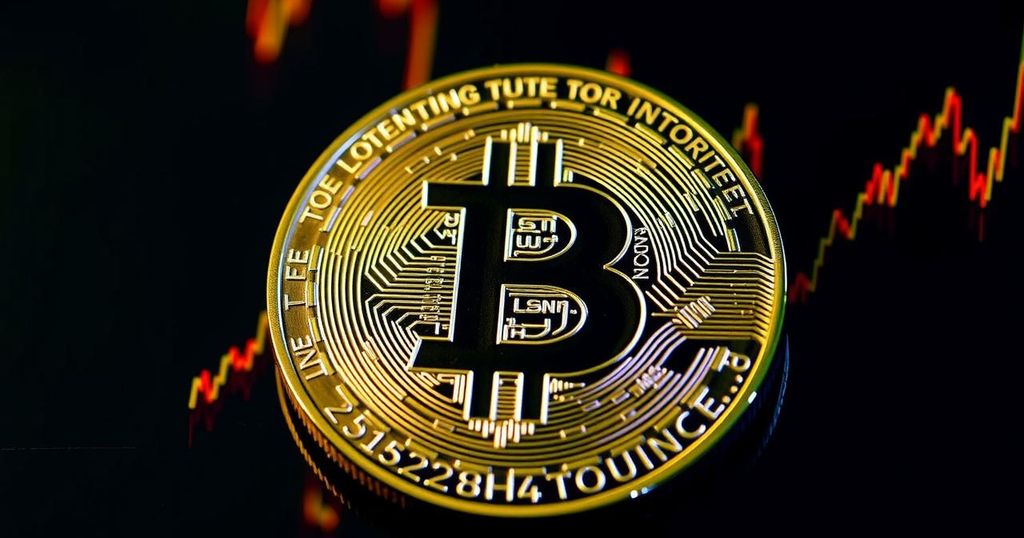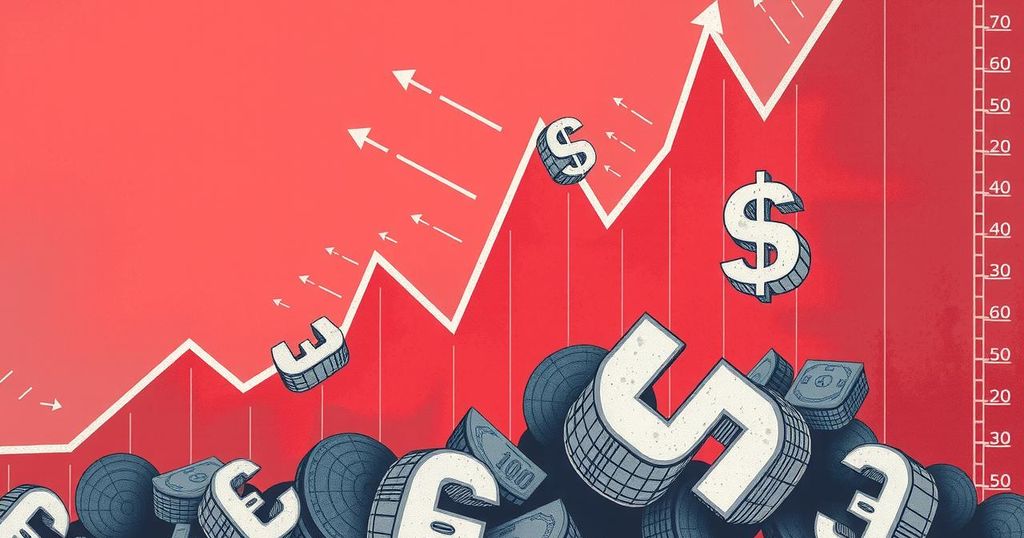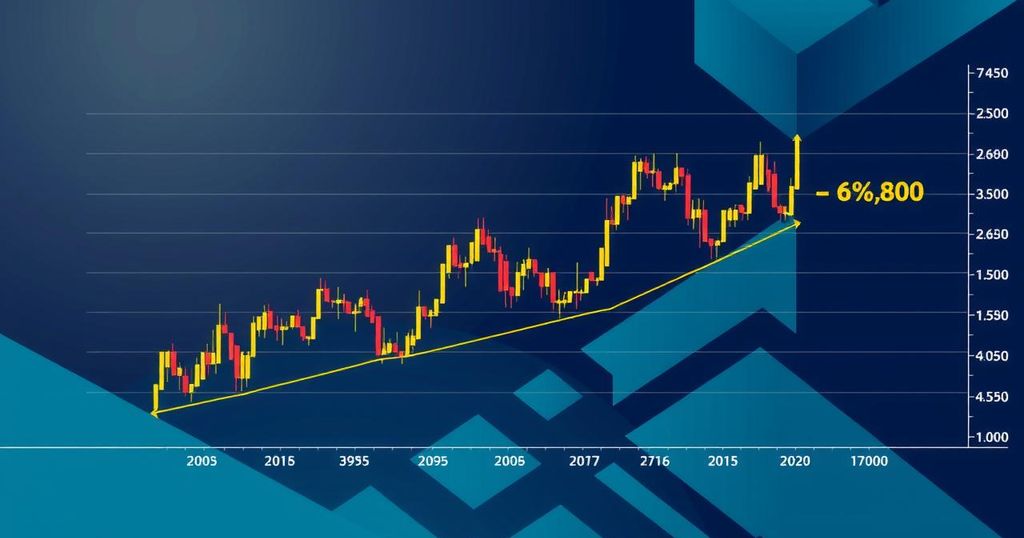Bitcoin Experiences Significant Pullback Post $100,000 Approach Amid Market Dynamics
Bitcoin has fallen 2% after nearing $100,000, undergoing profit-taking after significant gains. The broader crypto market has also declined by over 3%. Professor Omid Malekan states such fluctuations are typical for volatile markets, especially during bullish trends. While $100,000 poses a psychological barrier, Bitcoin remains 30% up since the November elections, buoyed by possible favorable regulatory changes following Trump’s return to office.
Bitcoin has recently encountered a significant downturn after nearing the $100,000 milestone late last week, prompting what appears to be a wave of profit-taking among investors. On Tuesday, Bitcoin experienced a 2% drop, hitting lows of approximately $91,400, contributing to a broader decline in the cryptocurrency market, which has witnessed a decrease of over 3% in the past 24 hours, as reported by the Coindesk 20 Index. Stocks related to Bitcoin, such as Coinbase and Microstrategy, have also registered losses during this period.
According to Omid Malekan, a professor at Columbia Business School, such fluctuations are typical for volatile assets like Bitcoin, particularly following a rapid price increase of about $30,000 within a short timeframe. He remarked, “Bitcoin tends to be more volatile during bull markets than in bear markets. So, it is not at all unusual, as it climbs higher, for it to also have significant pullbacks. In fact, that is the norm.” Bitcoin peaked at $99,500 on Friday, resulting in heightened market liquidity, with Microstrategy augmenting its Bitcoin acquisitions.
Market indicators reveal that the demand for Bitcoin exchanges faced outflows on Monday, amounting to over $438 million, marking the first significant divestment in five days. Despite these recent fluctuations, Professor Malekan expressed optimism regarding Bitcoin’s potential to breach the six-figure mark by year-end, although he acknowledged that the $100,000 threshold represents a significant “psychological barrier” for investors. He further explained, “It is a well-documented phenomenon for markets in general that round numbers have, for obvious reasons, a lot of psychological importance and that is why the people who do more technical types of analysis tend to think of them as possibly a barrier, or what they call resistance, on the way up.”
Remarkably, Bitcoin continues to remain 30% higher since the November 5 election, which saw the return of former President Donald Trump. This surge has been significantly influenced by market anticipation that Trump’s presidency could initiate favorable regulatory changes for cryptocurrency. The optimism surrounding the market has been further propelled by the announcement of the Securities and Exchange Commission Chair Gary Gensler, who was viewed as an excessively stringent regulator, that he would resign on Inauguration Day.
Overall, while Bitcoin’s recent performance demonstrates typical volatility, market analysts remain hopeful for its future growth as favorable conditions could lead it back towards higher price thresholds soon.
The underlying dynamics of the cryptocurrency market, particularly concerning Bitcoin, are shaped by investor sentiment and market psychology. Notably, the price volatility of Bitcoin is markedly pronounced during bullish periods when speculative investments can lead to sharp increases followed by substantial corrections. The proximity of Bitcoin to significant psychological price points, such as $100,000, often influences trading behavior, as traders either capitalize on gains or reassess their positions, causing fluctuations in market demand. The broader regulatory environment that aligns with market optimism, such as possible shifts following political changes, also impacts investment strategies and market movements.
In summary, Bitcoin’s recent decline following its near approach to $100,000 reflects typical market behavior characterized by volatility, especially in bullish conditions. The insights shared by Professor Omid Malekan underscore that such pullbacks are normal for assets like Bitcoin and resonate with psychological trading patterns around round number thresholds. Furthermore, despite the downturn, Bitcoin retains notable gains since the election, supported by a market environment that may become increasingly favorable for cryptocurrency as regulatory shifts unfold. The ongoing narrative surrounding Bitcoin illustrates the complex interplay between market emotions, governmental regulation, and investor behavior in the evolving landscape of digital finance.
Original Source: fortune.com







Post Comment